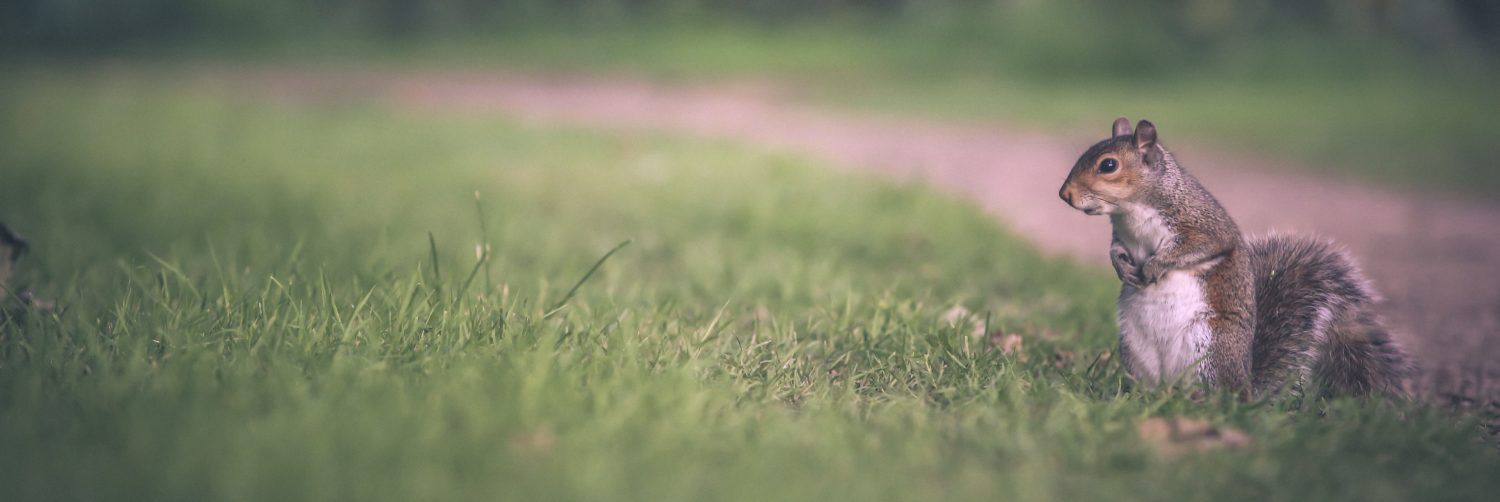A group of Australian exchange students came to my sons’ school a while back. One of the most remarkable things I remember from their visit was their fascination with American squirrels. On more than one occasion, Australians were late for class because they were absorbed in watching gray squirrels scamper and cavort around campus. Bear in mind, these young men had kangaroos back home. And koala bears. And platypuses. But they didn’t have squirrels. So squirrels were a marvel to them.
The Australian squirrel enthusiasts are a textbook example of the Other People’s Rodents Principle. (If you are unfamiliar with this principle, it’s because I recently made it up.) The Other People’s Rodents Principle states that whereas you are unimpressed by and possibly hostile toward the rodents in your part of the world, you think rodents that don’t live in your part of the world are exceedingly cute.
I, for instance, loathe Tennessee chipmunks. They burrow under my brick patio until it collapses like a Roman ruin. I fix it every year or two, but six months later the chipmunks have destroyed it again. My only consolation is the thought of one or two chipmunks possibly trapped under the collapsed bricks.
I was in Colorado a couple of summers ago, no doubt recovering from my most recent battle with the chipmunks when I first saw the “least chipmunk,” which is native to the Rocky Mountains. The least chipmunk is about an inch smaller than a Tennessee chipmunk, a little slimmer, a little grayer, and about ten times more adorable, as this comparison shows:

Colorado Chipmunk
(Adorable)

Tennessee Chipmunk
(Evil)
On the same trip I was utterly thrilled to see marmots in their native habitat, scrambling over boulders, their fur blowing in the Alpine wind. As it turns out, the marmots living above the tree line in the Rocky Mountains (Marmota flaviventris) are basically the same thing as the groundhogs that waddle around my neighborhood (Marmota monax)–the ones I routinely ignore. But other people’s rodents are fascinating.

Colorado Marmot
(Majestic)

Tennessee Groundhog
(Unremarkable)
I thought about the Other People’s Rodents Principle last week when one of the writers in my Writing with Flannery O’Connor online class asked how I keep my imagination active. One way I try to keep an active imagination is to stay attuned to the truth that we live in a world of marvels; our familiarity doesn’t make the marvels less marvelous. The Australians were right about our squirrels; their eyes were fresh enough to see squirrels aright. And I was right about marmots, though I am less right about the local groundhogs. I’ll try to see better.
I’m writing this letter on my front porch. Birds are hopping all over the front yard picking up grubs and worms. And every now and then, the most amazing thing happens: a bird flaps its wings and sails right up into the sky like some kind of angel. How did we ever get used to that idea? How did we come to take that for granted?
I realize that you’d never get anything done if you went around begin amazed all the time. It’s a good thing a heart surgeon doesn’t stand gaping and marveling at the intricacies of human anatomy when the patient is on the table with his chest cracked open.
But the pragmatism and matter-of-factness that is so vital to heart surgery (not to mention many other fields of human endeavor) is in many ways the opposite of a writerly approach to the world. I know writers need heart surgeons, but I would be so bold as to suggest that heart surgeons need writers too, for reasons that are hinted at by Mr. Shiflet in Flannery O’Connor’s story “The Life You Save Might Be Your Own”:
“Lady,” he said, and turned and gave her his full attention, “lemme tell you something. There’s one of these doctors in Atlanta that’s taken a knife and cut the human heart–the human heart,” he repeated, leaning his hand out, palm up, as if it were slightly weighted with the human heart, “and studied it like it was a day-old chicken, and lady,” he said, allowing a long significant pause in which his head slid forward and his clay-colored eyes brightened, “he don’t know no more about it than you or me.”
Surgeons, as I have said already, can’t afford to be too amazed by the human heart while they’re in the operating room. But I hope they allow themselves that luxury during off-hours.
The late Mary Oliver said it beautifully:
Instructions for living a life:
Pay attention.
Be astonished.
Tell about it.
That about covers it, I think.
You can choose to play it cool if you want to. You can choose to be unimpressed with the world. People do it all the time. But if you do, you are choosing to cut yourself off from a wellspring of creativity.









Keith
A good reminder! I just recently started reading Chesterton’s “Tremendous Trifles,” which is based on the same idea: we don’t put enough thought into the little things we see every day. If we did, we would be in awe a lot more often!
Lori Morrison
This is so funny and also, beautiful! Though no one has ever been fascinated by a cockroach, I dont think…our native “rodent”. You’ve so given me this gift again and I walk around in wonder. What I still lack is ccx ways to word it. Colleen shared as beautiful poem about the sunset picture I shared. Her words were enchanting, magical, melodious and sublime. I just stand under the sky and tell Jesus the same thing over and over. ” You are insane! How on earth do you make this so beautiful, then it seems to go to nothing, then pops out again in brilliance as another way.” I love that yall have the eyes as nd the words to help me think and see more, and this be enamored once more.